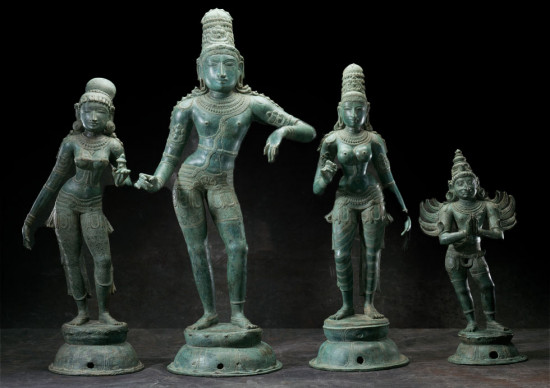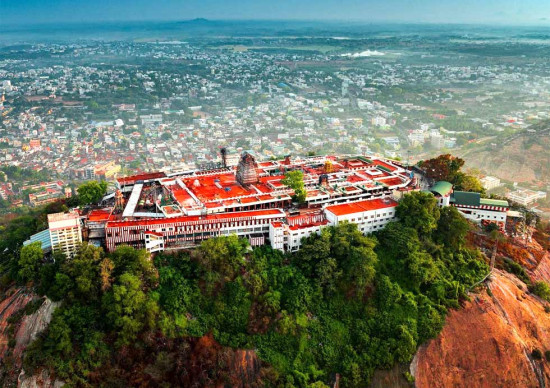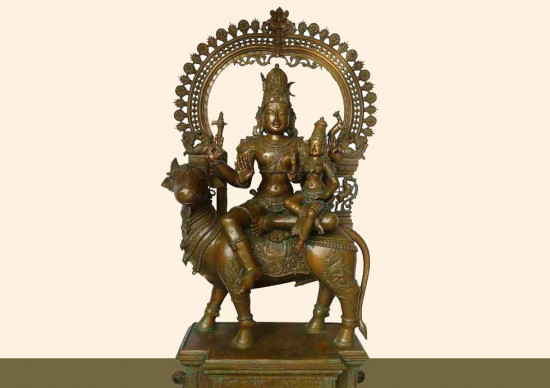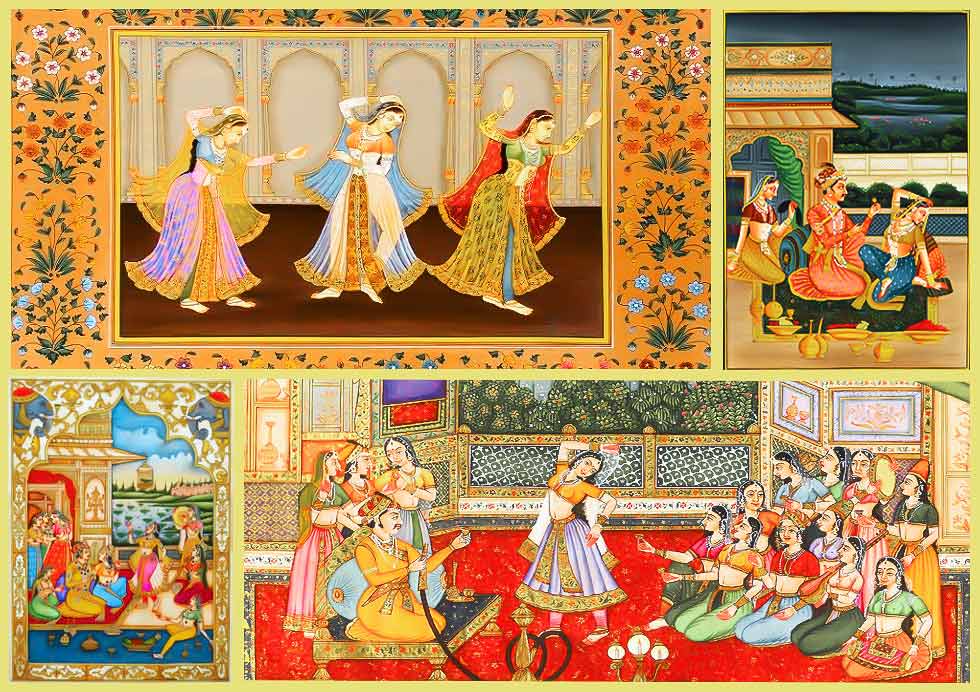
Indian Miniature Paintings

Miniature paintings, which first appeared in the 16th century, were highly appreciated by Indian royalty and were frequently painted on tiny-scale surfaces such as palm leaves or small canvases. These paintings, which featured scenes from Indian mythology, folklore, and daily life, were often painted using natural colors like crushed gemstones.
Indian miniature paintings display an extraordinary level of ability and craftsmanship, with each painting representing the specific style and tradition of the region from whence it was created.
The Rajasthani, Pahari, and Mughal schools are among the most well-known schools of Indian miniature painting. Indian miniature paintings continue to captivate art fans worldwide due to their incomparable beauty and cultural relevance.
Origin Of Indian Miniature Paintings
Miniature paintings reached new heights of popularity and elegance during the Mughal period (16th to 19th century). The Mughal emperors were avid consumers of the arts, commissioning a plethora of talented artists to create intricate, gorgeous paintings. These paintings’ subjects ranged from religious themes to portraits of monarchs and their courts to scenes from everyday life.
The Rajput courts of Rajasthan, as well as the Pahari courts of the Himalayan foothills, were important in the development of miniature painting. Rajput kings and nobility were art patrons who funded many great artists who created wonderful paintings of religious and mythological themes, as well as court life.
During the colonial period, miniature painting flourished in India as European collectors and scholars began to appreciate its beauty and artistic significance. Today, a limited number of highly trained artists continue to create beautiful and complicated works of art that are treasured around the world.
Regional Diversity in Indian Miniature Paintings
Miniatures From Rajasthan
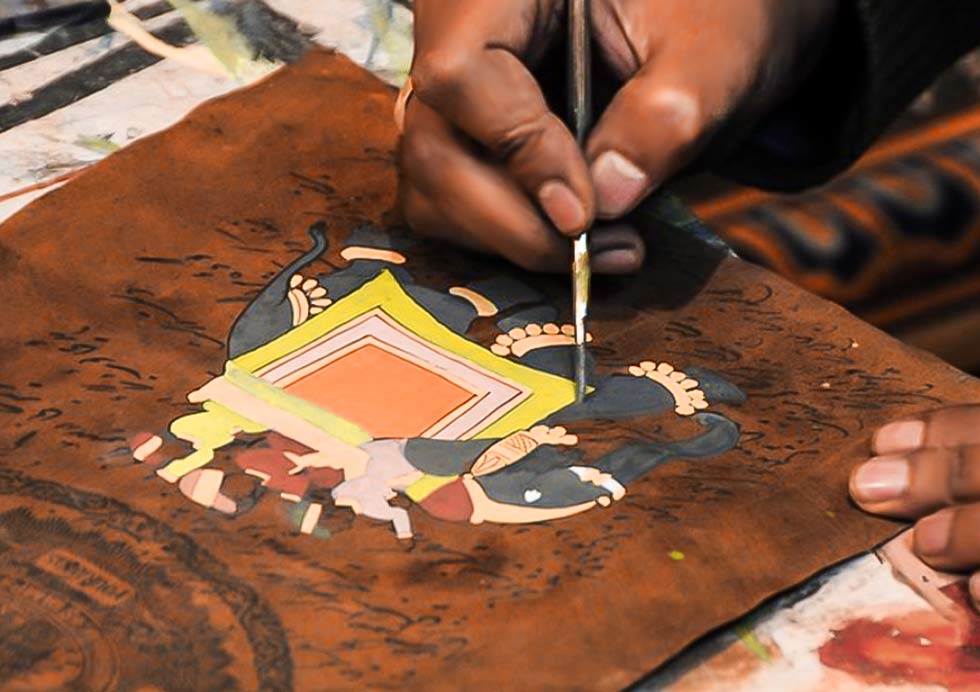
Pahari Paintings
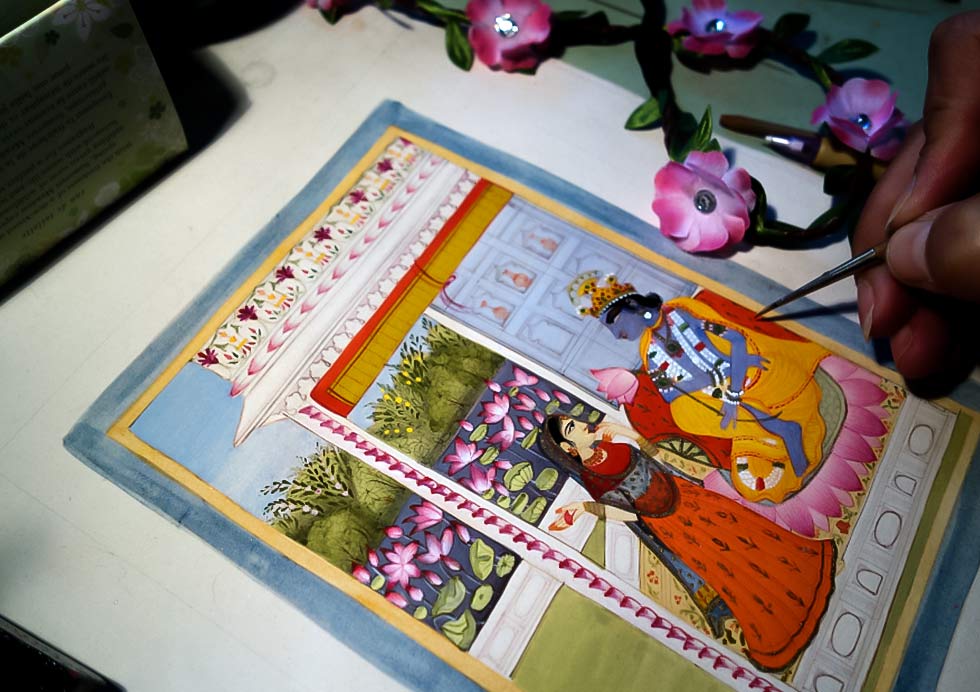
Mughal Miniature Painting
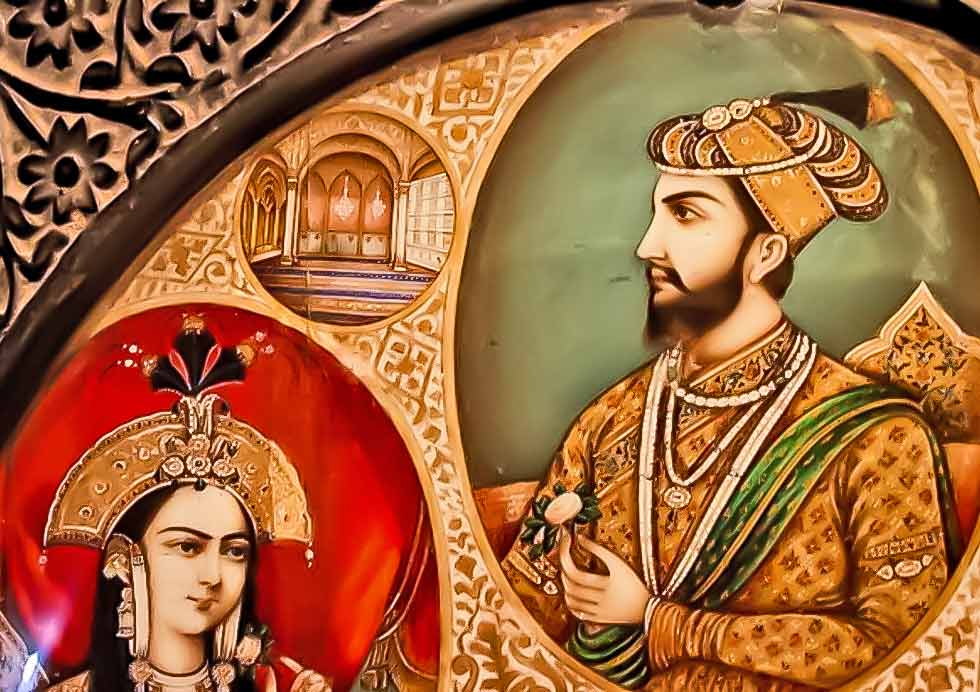
During the Mughal era, art flourished, and miniature paintings reached their peak. The Mughal style is recognized for its meticulous details and lifelike portrayals of people and landscapes. The Mughal emperors had a great passion for creating paintings, and their patronage helped to elevate the art form to new heights.
One common characteristic that persists across all types of miniature paintings is their intricate attention to small details. Regardless of the specific style or cultural origin, these artworks are characterized by their meticulous craftsmanship and precision, which are showcased in the minute elements present within the composition.
Miniature paintings, traditionally executed on a small scale, demand a high level of skill and patience from the artist. Every stroke of the brush, every delicate line, and every vibrant color serves a purpose in creating a visually stunning and engaging piece of art. Despite their diminutive size, these paintings manage to captivate the viewer by immersing them in a world of intricate details.
Within the confines of a tiny canvas, artists employ various techniques to render intricate patterns, elaborate designs, and lifelike representations. They use fine brushes, often with just a single hair, to create intricate lines, textures, and shading. Each element, no matter how minuscule, contributes to the overall composition and storytelling.

The small details in miniature paintings not only showcase the technical mastery of the artist but also offer a unique viewing experience. Observing these artworks closely reveals hidden narratives, symbolism, and nuanced stories that may be overlooked at first glance. By immersing ourselves in the intricacies, we unlock a world of hidden beauty that invites us to explore and appreciate the dedication poured into every stroke.
Whether created centuries ago or by contemporary artists, miniature paintings continue to enchant us with their intricate details. They remind us that art can exist in the tiniest of spaces and that within those small confines lies a vast universe waiting to be discovered and admired.

